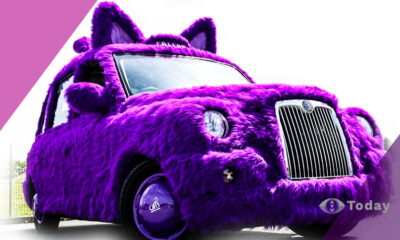A right royal Sunday of specials…
Many people ponder about having royal blood – like Vera Duckworth (Liz Dawn) in Coronation Street often did – but what if there’s truth to it? Experts suggest that the odds of being distantly related to the British Royal Family are higher than you might think.
Royal bloodlines have spread far and wide over the centuries. Historical records show that British and European monarchs had large families, intermarried across countries, and had both legitimate and illegitimate descendants. As a result, millions of people today may have some level of royal ancestry.
- King Edward III (1327-1377) is one of the most common royal ancestors for people of British descent.
- Genealogists estimate that a significant portion of the English population can trace a connection to him.
- European royal families intermarried for centuries, increasing the reach of noble ancestry.
Historian Ian Mortimer suggests that as much as 80-95% of people of English descent may have Edward III in their family tree. However, this doesn’t mean everyone has a direct claim to the throne—most links are distant and diluted over generations.
- Each person has two parents, four grandparents, eight great-grandparents, and so on.
- Go back 20 generations, and you could have over a million ancestors.
- Since medieval populations were much smaller, shared ancestry was inevitable—many people unknowingly descend from the same historical figures.
If you’re curious about your ancestry, here are a few clues that could suggest a royal connection:
1. Your Last Name Has Historical Significance
Certain surnames, like Plantagenet, Tudor, Stuart, or Howard, may suggest noble ancestry.
2. Your Family Records Mention Titles or Land Ownership
If old documents refer to Lords, Ladies, Dukes, or Earls, there may be a noble link in your past.
3. You Share DNA With Notable Historical Figures
Some ancestry research has linked people to noble bloodlines, showing how royal genetics have spread into the general population.
According to Play Casino‘s probability analysis, the likelihood of having some level of royal ancestry was determined by assessing: The number of known royal descendants. The growth of the population over centuries and the spread of noble and royal bloodlines into the general population.
Based on their analysis 1 in 5 people with British or European roots could have some level of royal ancestry. 1 in 50 people from North America, Australia, or New Zealand may have a distant royal connection. 1 in 200 people may have a direct link to a well-documented British monarch.
Historian Ian Mortimer estimates that 80-95% of people with English ancestry may descend from Edward III, while Play Casino’s probability analysis suggests more conservative figures. The difference in these numbers comes down to methodology and definitions:
- Genealogists like Mortimer consider all potential ancestral links, including distant and untraceable ones.
- The probability model focuses on traceable, documented genealogy, historical birth rates, and noble bloodlines recorded in population studies.
- Some estimates count only direct male-line descent, while others include any distant connection.
Both approaches show that royal ancestry is far more common than people assume, but the strength and provability of each person’s connection vary. Titles and estates were passed down through direct male heirs, making legitimate claims difficult. However, learning about a royal connection can be an exciting piece of family history.
While a large percentage of the population may have noble or royal ancestry, the odds of being directly related to a monarch are much lower. However, many people may have more aristocratic roots than they realise. So next time someone jokes about being related to the Royal Family, they might not be entirely wrong.











